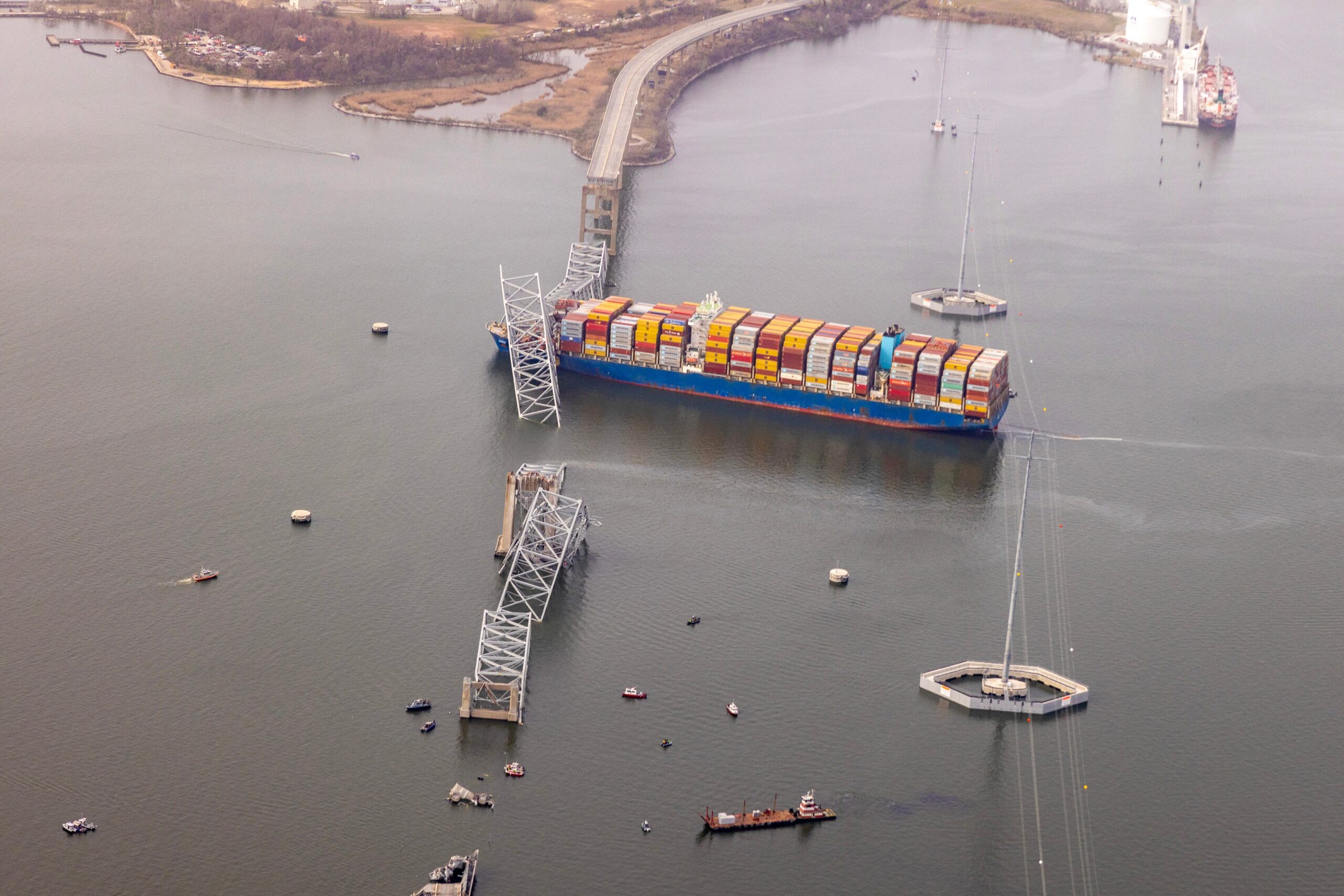
Federal Officials Fault Maryland for Failure to Assess Collision Risks Prior to Key Bridge Collapse
A scathing assessment from federal investigators has placed blame squarely on Maryland officials for failing to adequately understand and address the vulnerabilities of the Francis Scott Key Bridge to collisions, a critical oversight that ultimately contributed to its catastrophic collapse nearly a year ago. The National Transportation Safety Board (NTSB) unveiled its preliminary findings, highlighting a significant gap in risk assessment and preventative measures by the Maryland Transportation Authority (MdTA), the agency responsible for overseeing the bridge’s safety and maintenance.
NTSB Chair Jennifer L. Homendy delivered a stark message to reporters, stating that bridge authorities should have been acutely aware of the elevated risk of collapse in the event of a collision. According to the NTSB’s investigation, the risk of such a collapse was a staggering 30 times higher than the accepted federal threshold, a figure that should have triggered immediate and comprehensive action. The lack of a proper risk assessment, Homendy emphasized, left the bridge susceptible to foreseeable dangers and ultimately contributed to the tragic loss of life.
The disaster occurred when the Dali, a massive 984-foot container ship, experienced a complete loss of power and subsequently veered off course, striking one of the bridge’s support piers. The impact caused a significant portion of the bridge to crumble and plunge into the Patapsco River, resulting in the deaths of six construction workers who were on the bridge at the time. The collapse not only resulted in a devastating loss of life but also disrupted a vital transportation artery and caused significant economic repercussions for the region.
Homendy’s condemnation of the MdTA was direct and uncompromising. She asserted that the agency’s failure to conduct a comprehensive risk assessment deprived them of crucial information that could have been used to proactively identify and implement strategies to mitigate the risk of collapse and prevent the tragic loss of life. The absence of such an assessment, she argued, was a critical oversight that left the bridge and those who relied on it vulnerable to a preventable disaster.
The NTSB chair underscored the importance of proactive risk management and urged bridge owners across the nation to prioritize comprehensive assessments of their infrastructure. She revealed that a concerning number of bridges, specifically 68 bridges scattered across 19 states, have not undergone the necessary risk assessments. This revelation highlights a systemic problem in bridge safety management and underscores the urgent need for a nationwide review of vulnerability assessments.
The federal guidance for conducting risk assessments was established by the American Association of State Highway and Transportation Officials (AASHTO) back in 1991. This guidance provides a framework for identifying potential hazards, evaluating vulnerabilities, and developing mitigation strategies to ensure the safety and resilience of bridge infrastructure. The failure of the MdTA to adhere to these well-established guidelines raises serious questions about the agency’s commitment to safety and its overall management of bridge infrastructure.
The NTSB’s findings not only shed light on the specific failures that contributed to the Key Bridge collapse but also serve as a broader warning about the importance of proactive risk management in the maintenance and oversight of critical infrastructure. The disaster underscores the need for thorough risk assessments, robust preventative measures, and a strong commitment to safety at all levels of government.
The investigation into the Key Bridge collapse is ongoing, and the NTSB is expected to release a comprehensive final report in the coming months. This report will likely provide a more detailed analysis of the factors that contributed to the disaster and offer specific recommendations for preventing similar tragedies in the future. However, even at this preliminary stage, the NTSB’s findings paint a clear picture of systemic failures and underscore the urgent need for improved risk management practices in bridge safety oversight.
The collapse of the Francis Scott Key Bridge has had a profound impact on the Baltimore community and the broader region. In addition to the tragic loss of life, the disaster has disrupted transportation, impacted the local economy, and raised serious concerns about the safety and resilience of critical infrastructure. The NTSB’s investigation is a crucial step towards understanding the factors that contributed to the collapse and preventing similar tragedies in the future.
The need for bridge owners nationwide to conduct thorough risk assessments is paramount. The lives of countless individuals, and the economic stability of entire regions, depend on the integrity and safety of bridge infrastructure. The Francis Scott Key Bridge collapse serves as a stark reminder of the potential consequences of neglecting risk management and failing to prioritize safety. Moving forward, it is imperative that all stakeholders work together to ensure that our bridges are properly maintained, thoroughly assessed, and protected from foreseeable risks. The lessons learned from this tragedy must be used to strengthen bridge safety standards, improve risk management practices, and prevent similar disasters from occurring in the future.
